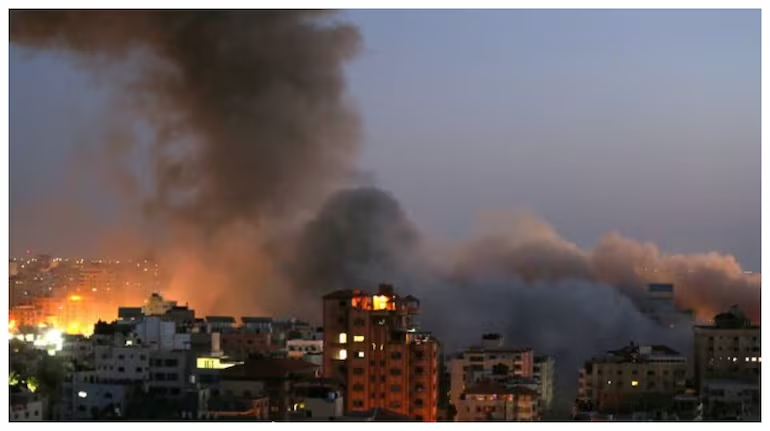Israel-Gaza Conflict Intensifies: Over 400 Killed as Ceasefire Crumbles

In a dramatic escalation of violence, Israel launched its largest military operation in Gaza since a January 2024 ceasefire, killing over 400 Palestinians and targeting senior Hamas officials. The strikes mark a collapse of fragile peace talks and reignite fears of prolonged warfare. Here’s a breakdown of the crisis and its implications.
Why Did Israel Resume Large-Scale Attacks?
Israel’s military cited Hamas’ refusal to release remaining hostages and rejection of U.S.-mediated proposals as key triggers. The offensive targeted Hamas leadership, including high-ranking officials like Essam Addalees (de facto head of Gaza’s government) and Mahmoud Abu Watfa (deputy interior minister).
- Hostage Crisis: Israel claims Hamas stalled negotiations to free 59 hostages still held in Gaza, many presumed dead.
- Military Readiness: Israel replenished ammunition stocks, repaired equipment, and identified new Hamas targets during the ceasefire.
- Evacuation Orders: Warnings for northern and central Gaza suggest a potential ground invasion, displacing thousands of civilians again.
What Led to the Ceasefire Breakdown?
The January 2024 truce aimed to transition into a permanent peace deal, including Israeli withdrawal and hostage releases. However, talks collapsed over disputes about next steps:
- Hamas’ Accusation: Claims Israel backtracked on commitments to withdraw troops and end hostilities.
- Israel’s Counterclaim: Accuses Hamas of rejecting extended ceasefire proposals and exploiting aid for military purposes.
Since October 2023, the conflict has claimed over 48,700 Palestinian lives (mostly civilians) and 1,200 Israeli civilians.
Political Motivations Behind the Offensive
Critics argue Israeli Prime Minister Benjamin Netanyahu’s domestic challenges influenced the timing:
- Right-Wing Coalition: Netanyahu relies on hardline allies opposing Gaza withdrawal. A key minister resigned over the January ceasefire.
- Legal Troubles: Facing corruption charges, Netanyahu postponed a court hearing citing “renewed war,” fueling accusations of using conflict to deflect scrutiny.
- U.S. Backing: The Trump administration’s support reportedly emboldened Israel’s aggressive stance.
Humanitarian Crisis Deepens
Gaza’s already dire conditions are worsening:
- Aid Blockade: Israel halted humanitarian shipments, accusing Hamas of diverting supplies. Aid groups warn of dwindling food and medical stocks.
- Civilian Toll: Hospitals report overwhelmed capacities, with women and children among casualties.
- Mass Displacement: Thousands forced to flee anew as evacuation orders spread panic.
What’s Next for Gaza and Israel?
The ceasefire’s collapse signals a return to protracted violence:
- Expanded Offensive: Israel vows to continue strikes until hostages are freed, risking higher civilian deaths.
- Hamas Resilience: Despite losses, Hamas has regrouped, recruiting thousands in recent weeks.
- Global Pressure: International calls for de-escalation clash with Netanyahu’s pledge to achieve “total victory.”
